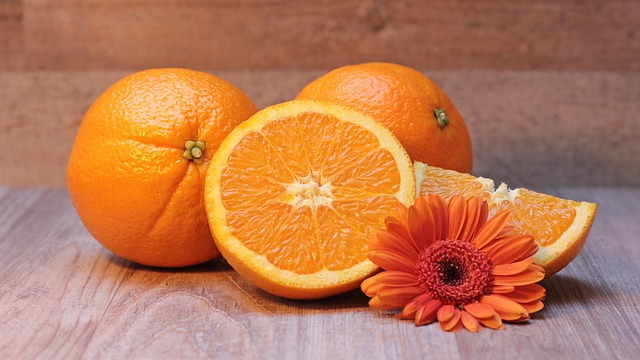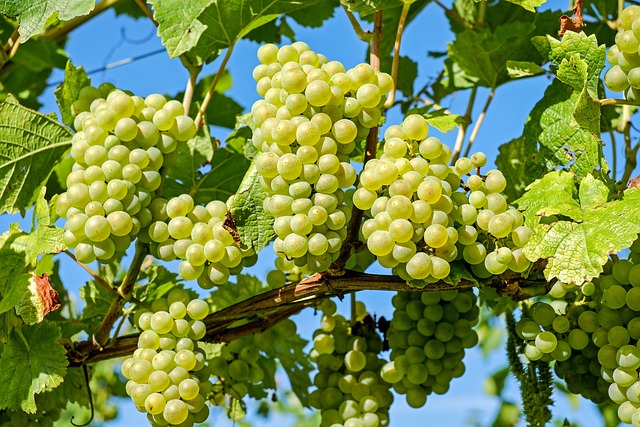Beyond Yogurt: Exploring Lesser-Known Sources of Probiotic Goodness
Probiotics are live bacteria and yeasts that provide various health benefits when consumed in adequate amounts. While yogurt has been the go-to source for probiotics, there are many other lesser-known sources that can introduce these good bacteria into your diet. In this article, we’ll explore some of these alternative sources and how they can contribute to your overall well-being.
Kefir
Kefir is a fermented milk beverage that has a tart and tangy taste. Originating from the Caucasus Mountains, kefir contains a combination of beneficial bacteria and yeast strains. It is packed with probiotics, including lactobacillus kefiri, which has been shown to have antimicrobial properties.
Kefir is not only a great source of probiotics but also provides essential nutrients like calcium, protein, and B vitamins. It can be enjoyed plain or used as a base for smoothies, salad dressings, and even baked goods.
Sauerkraut
Sauerkraut is a fermented cabbage dish that is rich in probiotics, fiber, and vitamins C and K. It is made by fermenting cabbage with lactic acid bacteria, which convert sugars into lactic acid.
Not only does sauerkraut introduce beneficial bacteria into your gut, but it also aids in digestion and may help boost your immune system. You can enjoy sauerkraut as a side dish, on top of sandwiches, or even incorporate it into your favorite recipes for an extra punch of flavor and probiotic goodness.
Miso
Miso is a traditional Japanese seasoning made by fermenting soybeans with salt and a particular fungus called Aspergillus oryzae. This fermentation process gives miso its unique umami flavor and makes it rich in probiotics.
Not only is miso delicious, but it also offers various health benefits. It aids in digestion, supports a healthy gut environment, and contains essential nutrients such as B vitamins, vitamin E, and folic acid. Miso can be used in soups, marinades, dressings, and even desserts.
Kimchi
Kimchi is a staple in Korean cuisine and is made by fermenting vegetables, typically cabbage, with a mix of seasonings and spices. It is incredibly flavorful and is a fantastic source of probiotics.
Studies have shown that kimchi contains various strains of lactic acid bacteria that promote gut health and improve digestion. It is also rich in vitamins A, B, and C, as well as antioxidants. Kimchi can be enjoyed as a side dish, added to stews or stir-fries, or used to enhance your favorite Korean recipes.
Tofu
Tofu, a popular plant-based protein source, is also fermented using certain bacteria and yeasts. Fermented tofu, also known as stinky tofu, is particularly high in probiotics.
In addition to probiotics, tofu provides essential amino acids, iron, and calcium. It is a versatile ingredient that can be stir-fried, baked, grilled, or added to soups and salads to boost both the flavor and nutritional content of your meals.
Conclusion
While yogurt remains a reliable source of probiotics, there are numerous lesser-known options that offer their own unique flavors and health benefits. Incorporating kefir, sauerkraut, miso, kimchi, and fermented tofu into your diet can diversify your probiotic intake and give you a wider range of beneficial bacteria to support your overall well-being.
Remember, when choosing probiotic-rich foods, look for options that contain live and active cultures. Experiment with these lesser-known sources of probiotics to discover new flavors and enjoy the benefits of a diverse and thriving gut microbiome.







